After touring three tombs at The Valley of the Kings, we stopped to visit the nearby Temple of Hatshepsut, ruler of Egypt from 1507–1458 BC.

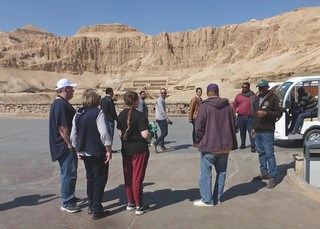
Her mortuary temple, one of the most recognizable in the country, is contemporary even by present day standards.

From the ticket office, it is a short jitney ride up to the boundary of the temple. Of course, we always pause there to examine the famous Myrrh tree that Pharaoh Hatshepsut brought back from the land of Punt (modern day Somalia). One has to look closely to see the remains of the 3500 year old tree stump behind that grate.
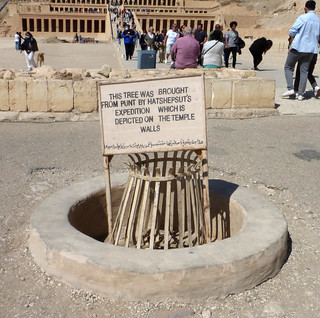
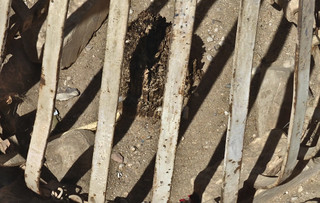
The statues of Hatshepsut on the upper level are well-preserved and restored.

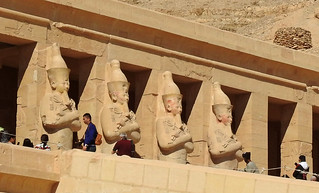
With three levels to examine, a visitor might be inclined to skip some parts, but the sanctuary of Amun is a special highlight, not to be missed.

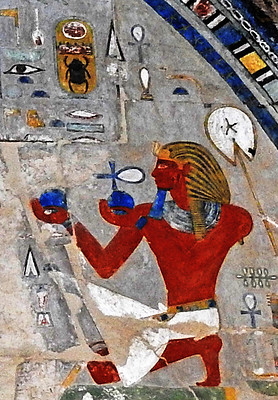
The restoration work on this temple has been the project of a Polish team of archeologists for over sixty years, beginning in 1961. We saw part of the team at work out front on "one of the sphinxes that once stood along the temple’s processional avenue." I recommend visiting their website, accessible in English, here. They note that this year's "spring season will last from January 20 till March 15." They spend less time in Egypt than we do.
The team was laying bricks for a plinth that will support a sphinx opposite one that has already been put in place.

I was fascinated to watch for a while as these people were laying bricks using three tools that I have never seen any other brick-layers in Egypt employ: a ruler; a level and most importantly, a string!


When bricks are put in place free-hand style, in our neighborhood of Cairo, the results are frequently somewhat jumbled as shown on the side of this building near our apartment. I also note that the Poles are much more generous with the mortar than what I have observed in town.

Additional photos at this Flickr Album.

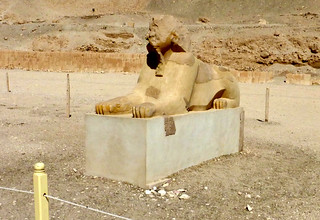





No comments:
Post a Comment